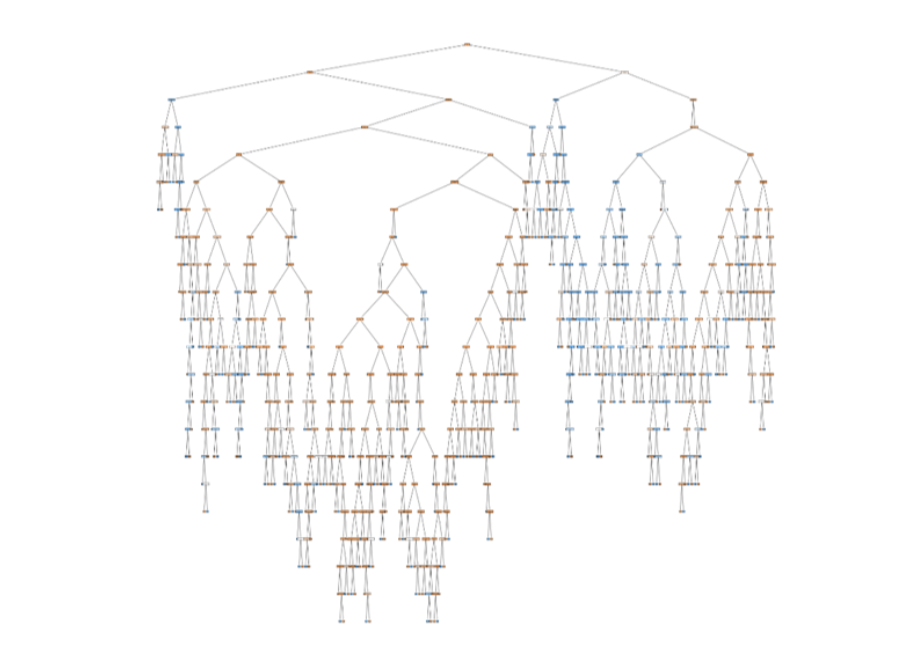Random Forest Identification of Pulsars
DOI:
https://doi.org/10.58445/rars.17Keywords:
Machine Learning, Random Forest, Astrophysics, Astronomy, PulsarsAbstract
Pulsars are a unique type of rotating neutron star that emit pulses of radio emission in beams that sweep across Earth, allowing for the detection of their repetitive pulses. Traditionally, pulsar candidates have been identified through manual signal processing. As data volumes increase, automated methods, such as artificial neural networks, have been proposed. In this study, the random forest classifier – an algorithm that takes the majority output of multiple decision trees – was used to accurately separate real pulsar signals from radio frequency interference (RFI) and other noise. These candidates can then be further studied and allotted telescope time to confirm them as pulsars. 1,639 real pulsar examples and 16,259 samples of RFI/noise from the HTRU2 survey were used to create the model. Features of the data used include the mean, standard deviation, excess kurtosis, and skewness of the integrated pulse profile and DM-SNR curve. The model demonstrated a 98% accuracy in identifying pulsars. The excess kurtosis, skewness, and mean of integrated profile were identified to be the most important factors in differentiating between pulsars and interference. This tool could be used to filter data from future surveys to reduce the number of candidates that need to be processed by humans.

Downloads
Posted
Versions
- 2022-12-20 (4)
- 2022-12-20 (3)
- 2022-12-20 (2)
- 2022-10-03 (1)

